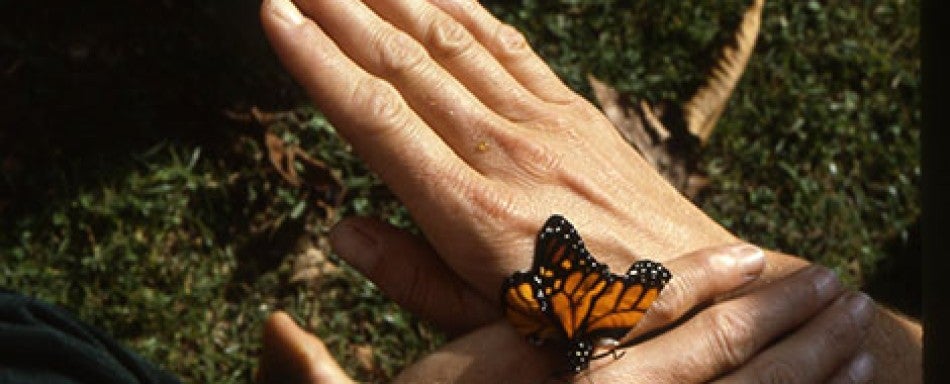
The Whole World Is One Altar
by Moose (Kevin Foran)
March Madness—evidentiary of nature in transition, morphing into what will be. The adage “In like a lion, out like a lamb” sums it up metaphorically. As a former groundskeeper shaped by experiencing nature up close and personal, I find there is a certain madness in March. The classic springing-forward and recoiling activity, governed by increasing lumens and duration, creates the slow defrost of the earth’s top, nurturing layers. Carbohydrates and other stored essential minerals are released after being bound by winter’s frozen hold, letting the annual plant life begin its surge toward the sun. The brief surge activity can pass by without notice. The best way to discover nature unfolding is to step into spring for a firsthand experience, exploring what a difference a day can make. Spring is nature’s yoga—a waking-up routine that allows the flow into the next season. Spring can also feel moody, due to the sudden changes in weather and its various expressions of energy—a reminder that moods, like clouds, have wings.
Here are some ecologic signs to become aware of, indicating that we’re in spring. We reset our clocks, a practice instituted during agrarian times so farmers could spend longer days working the fields and other agricultural forms of work. The delightful sounds of returning birds, singing in trees and bushes, or rejoicing that colder weather is near over. Sighting of skunks, raccoons, and other wildlife who seem to vanish in winter; insects, amphibians, peeper frogs calling out en masse; the sound of geese; and much more, not forgetting to mention the smell of a skunk who didn’t quite make it to the other side of the road. The emerging plant life and fauna near stream edges include skunk cabbage, cowslips, snowdrops, crocuses, daffodils, and many other varieties.
Experiment with an aspect of bhakti yoga by offering reverence to the miracle of nature’s wonders—create your own altar. Take a mindful adventure outside and see how many signs of spring are coming into fruition. Sit or stand in the stillness of a forest, where the balance and passivity of nature allow answers to our deeper inquiries to unfold. Nature may not give the answers, but it allows the answers already existing within each of us to surface. Nature is merely a church or sacred place of worship without a roof; nature is what sustains us spiritually, emotionally, and physically. Sad to say, it appears the unintended consequences of modern technology (knowingly or not) have created a separation from nature. Cyberspace cannot duplicate nature, but that separation can be sewn back together when we strengthen nature’s tapestry—that’s the good news. Step outside and let the lesson begin.
I recall a poem by Jim Morrison that became a turning point in how I viewed my interaction with the earth. It’s not a pleasant, heartwarming poem; it’s hard to digest but important enough that it became an awakening moment, a moment of non-denial.
What have we done to the Earth, what have we done to our fair sister, ravaged, blundered, raped her and bit her, stuck her with knives in the side of the dawn, tied her with fences and dragged her down.
It seems the first step in healing earth is to come out of denial. Morrison ended the poem like this: I hear a very gentle sound, I hear the sound of a butterfly! I, too, hear the sound of that butterfly. Positive change is beginning to take flight during this age of darkness that the yogis and rishis called the Kaliyuga. There, many new intelligent environmental initiatives are occurring; the ascension from that darkness is beginning; strong and intelligent leaders are forwarding progressive solutions that deserve recognition and support.
Kripalu’s indoor and outdoor activities, which invite inquiry as to what more could be done, add to the sound of the butterfly.